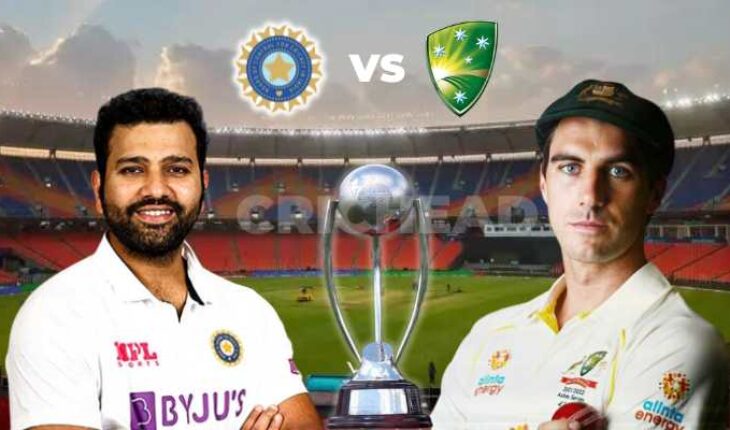India defeated Australia by an innings on the third day of the first test match in Nagpur to take a 1-0 lead in the four-test series of the Border-Gavaskar series. Since the beginning of the series, the greats of Australia and India have engaged in a verbal duel. Former Australian cricketer Ian Healy triggered a controversy when he asked India to prepare a fair pitch for the test series. He raises the question about Indian pitches. His insistence on fair pitches during the next series has reignited a discussion about what it really means to be fair and unfair in order to win a game.
Healy has predicted that Australia would win the first Test match if a “fair” pitch were created. Ravi Shastri, a former head coach of Team India, has, on the other hand, provided a wonderful rejoinder to Healy by stating that he would like to see a turn from the first day of the competition.
Sunil Gavaskar, the renowned cricketer, has responded angrily, claiming that Australia has no right to complain about the condition of Indian pitches because their own wickets have been scrutinised. He emphasised that the Brisbane ground at Gabba, where the Test match between Australia and South Africa in December of last year ended in two days, was much more hazardous than any Indian pitch could ever be.
The Australians are always this way; they were thrashed twice at home by India on bouncy wickets. Australians are now looking for green turf in India as well. The pitch is determined by a number of elements, including the soil. It’s difficult to make bouncey wickets on the Indian subcontinent.
Every home team has the right to arrange the pitch whatever they choose, rendering the whole debate over pitch doctoring pointless. When teams from the subcontinent go on tour in Australia, they don’t anticipate low bounce, dusty tracks; they expect bouncy fast pitches.
Australia used to be far ahead of the competition when it came to mind tricks. They’re now getting a taste of their own medicine. This is one of Australia’s most humiliating overseas Test defeats.
Australia appeared to have already lost the match by putting too much emphasis on the field. India batted expertly, as required by Test cricket, and scored 400 runs, but Australia was visualising a different wicket. Even though there has been a large disparity between the teams, the field can’t be that bad if one team scores 400 runs.
The Australian media has been constantly criticising the Indian team management and the Indian cricket board, refusing to discuss their own failings that contributed to an embarrassing loss.
The third Test has been moved from Dharamshala to Indore by the BCCI. Officials from the board concluded after a careful investigation that the outfield “lacks suitable grass density” and is not prepared to conduct a match of this magnitude on an international scale. The BCCI provided an explanation of the situation that compelled them to relocate the game to Indore via a press statement.
The choice was made to protect the safety and wellbeing of players from both teams, not in a hasty manner or with hidden agendas. The Australian media kept whining like a “cry baby” instead of appreciating the BCCI for prioritising the players’ safety.
The second Test between India and Australia is scheduled to start on February 17 at the Arun Jaitley Stadium in Delhi.






